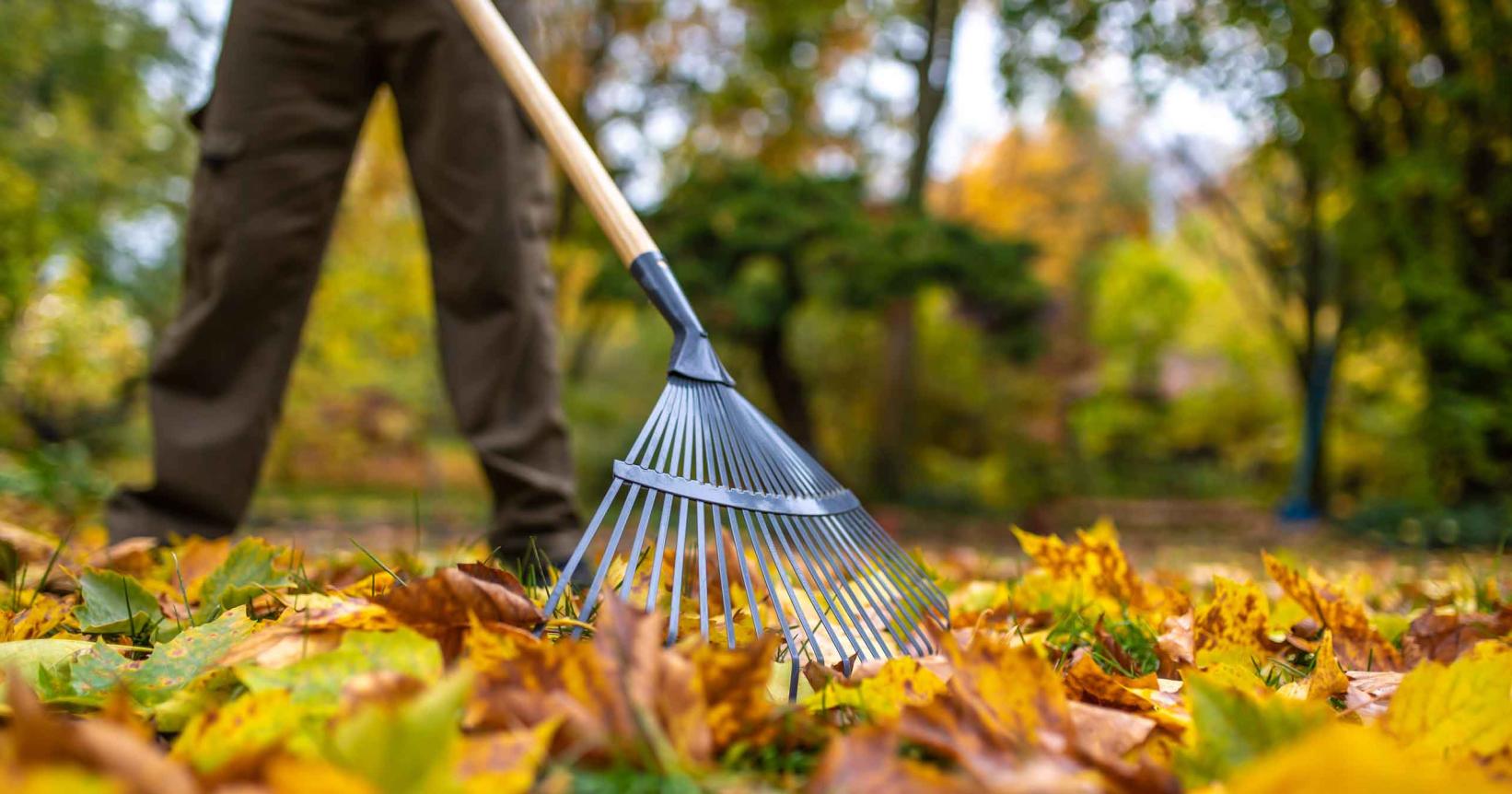Dead Leaves: Rake ’em up or let ’em lie?

Every fall, lawns disappear under a blanket of dead leaves. Should you rake them up or leave them where they fall? Between the rakers and the environmentalists, who has the right idea? What if the debate isn’t as trivial as it seems? Lawn care, safety, fire hazards... we look at both sides so you can choose the rake or relaxation.
When should you rake leaves?
Many people rake simply to keep their yard clean. However, there are practical reasons for doing so. A thick carpet of leaves may look pretty, but it can suffocate the lawn. Deprived of light and air, the grass could weaken and develop fungal diseases in the spring.
Not to mention the fact that leaves can:
- Be slippery enough to cause a fall in a driveway or on stairs.
- Clog gutters and window wells (during heavy rain, this can cause damage).
- Catch fire easily when dry. Letting them pile up near the shed or house is not ideal. Burning them is dangerous, not to mention polluting.
Why leave them on the ground?
Not raking leaves up doesn't mean you're neglecting your property. On the contrary, a blanket of leaves has its benefits.
Give nature a helping hand
By not raking up leaves, you encourage the natural forest cycle. That way, leaves become an asset, not just an autumnal decoration.
In fact, leaves offer:
- Habitat and insulation for small animals and insects, including pollinators such as bees.
- Moisture preservation in the soil, which protects plant roots from frost and temperature fluctuations.
- Natural decomposition returning nutrients to the soil and nourishing grass. It’s free fertilizer!
Protect the environment
Putting leaves in plastic bags and sending them to a landfill is simply a bad idea. Ecologically speaking, it's lose-lose because:
- It deprives the environment of oxygen (decomposing leaves give off methane, a greenhouse gas (GHG)).
- Plastic bags take years to biodegrade and leave harmful residues.
- The garbage trucks that pick up the bags consume fuel and emit GHGs.
Make your life easier
Let’s be honest, it’s one less chore to do. There are plenty of other fall tasks to keep you busy.
Leaf cycling, the smart compromise
What if we told you there was another way? Leaf cycling—or nutrient cycling. All you have to do is mow the dead leaves and turn them into mulch.
In doing so, they decompose faster, return nutrients into the soil and won't smother the lawn. As a bonus, the nutrients are good for earthworms and microorganisms. In short, it's good for the grass, it's good for the environment... and it's much less tiring than raking them all up!
Too many mulched leaves?
After mulching your leaves, spread them out in a thin layer over the ground. And if you have any left over, great! You can put some in:
- flowerbeds to serve as a natural insulator against frost
- perforated bags to use the following spring
- your compost, as they provide the brown matter needed to perfectly balance it
Properly dealing with fallen leaves
Whatever you decide to do, you'll still have a little work to do, if only to avoid a home insurance claim. Clear all areas where leaves could result in falls or injuries, water damage or fire.
And if you decide to rake them up, check your city’s website for more about leaf collection.
So... rake or relax?
Well, why not a little bit of both! The best approach is to strike a balance by letting the leaves play their role in nature, while removing them where they could be a hazard. A beautiful, eco-friendly and safe yard is all we want in the fall!